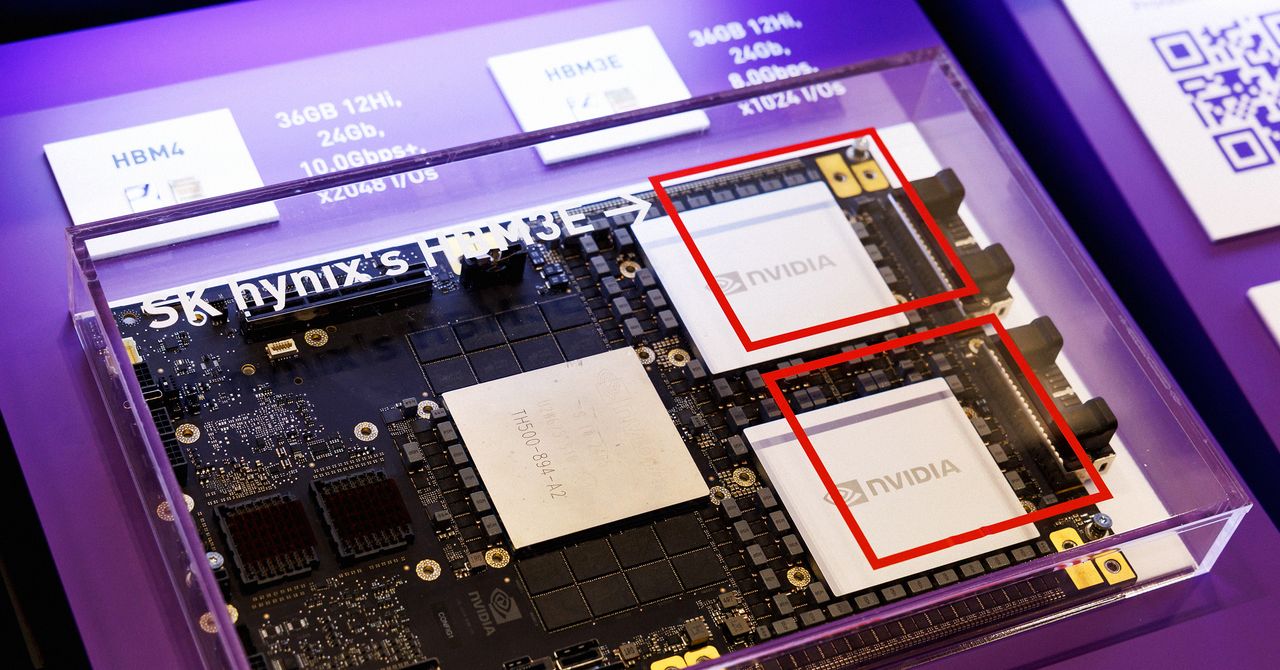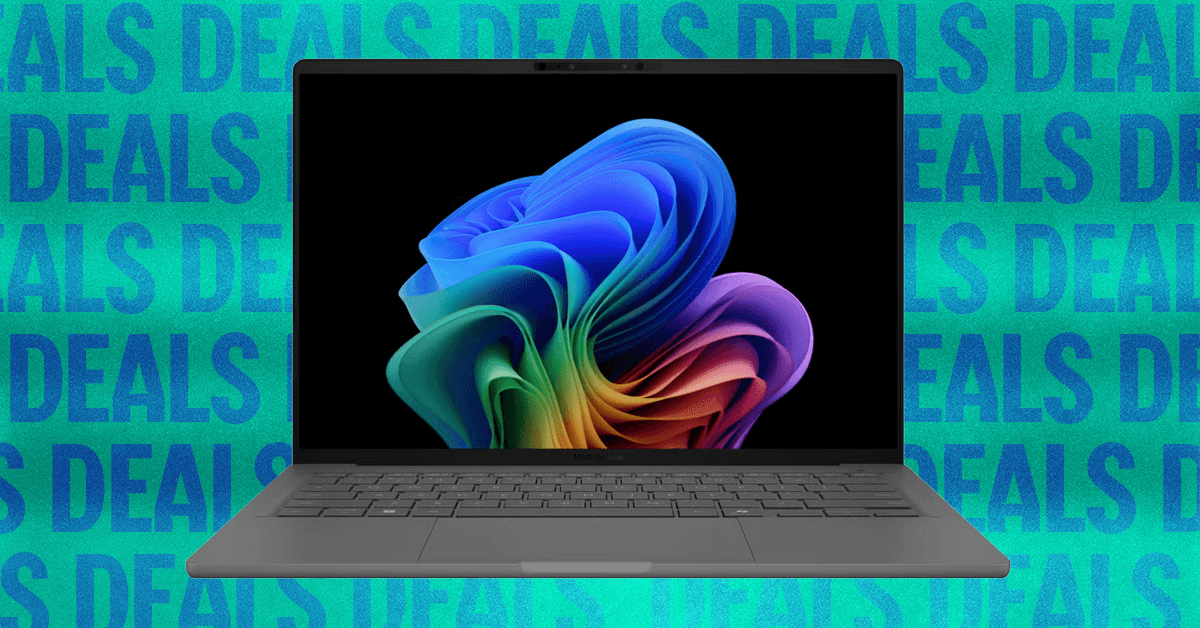Tech
AI in an ‘industrial bubble’ but will benefit society: Bezos

Artificial intelligence technology is in an “industrial bubble,” Amazon founder Jeff Bezos told a tech conference in Italy on Friday, but the benefits to society will be “immense.”
“Investors don’t usually give a team of six people a couple billion dollars with no product… and that’s happening today,” Bezos told an audience at Tech Week in Turin.
“This is a kind of industrial bubble,” said Bezos, who has invested in the American generative AI start-up Perplexity.
But that is not the same as a banking bubble such as the 2008 financial crisis, he argued.
“Those bubbles society wants to avoid. The ones that are industrial are not nearly as bad, it could even be good, because when the dust settles and you see who are the winners, society benefits from those inventions… and that’s what’s going to happen here.”
“This is real,” Bezos continued. “The benefits to society from AI are going to be gigantic.”
Multiple technologies are in a kind of “golden age,” he said, echoing language used by US President Donald Trump. “There’s never been a better time to be excited about the future.”
“AI is real. And it is going to change every industry… it is going to affect every company in the world.”
© 2025 AFP
Citation:
AI in an ‘industrial bubble’ but will benefit society: Bezos (2025, October 4)
retrieved 4 October 2025
from https://techxplore.com/news/2025-10-ai-industrial-benefit-society-bezos.html
This document is subject to copyright. Apart from any fair dealing for the purpose of private study or research, no
part may be reproduced without the written permission. The content is provided for information purposes only.
Tech
Four Indicted In Alleged Conspiracy to Smuggle Supercomputers and Nvidia Chips to China

Stern said text messages obtained by authorities show Li boasting about how his father “had engaged in similar business on behalf of the Chinese Communist Party.” Stern alleged the messages also show Li, who works at a hardware distribution company, was aware through news articles he shared that the Nvidia chips were subject to export controls. “He explained that his father had ways to import them,” Stern said, again citing Li’s text messages.
Stern told the court that Li “did admit to various facts” during questioning by federal agents on Wednesday that implicated him.
The defendants face various charges related to violating export control laws and up to 20 years in prison.
Ho and Raymond did not immediately respond to requests for comment sent to LinkedIn accounts purportedly belonging to them. Public defenders for Chen and Li declined to comment.
Nvidia spokesperson John Rizzo said in a statement that “even small sales of older generation products on the secondary market are subject to strict scrutiny and review” and that “trying to cobble together datacenters from smuggled products is a nonstarter, both technically and economically.”
Corvex, an AI cloud computing business Raymond consulted for, said in a statement that it had rescinded a job offer for him to join the company full-time and that it had no connection to the alleged wrongdoing.
Earlier this year, the US Department of Commerce was reportedly considering restricting the sale of advanced chips to Malaysia and Thailand in an effort to curb chip smuggling, but the regulations have yet to be finalized. The Commerce Department did not immediately respond to a request for comment.
Magistrate Judge Westmore ordered Li to hire an attorney because she said he had significant equity in a San Leandro, California, home and other assets, making him ineligible for a public defender. The magistrate also set a hearing for Tuesday to decide whether Li is a significant flight risk and should continue to be detained. He holds a US green card and Hong Kong citizenship.
Li, wearing glasses, flipflops, and a black windbreaker, nodded in response to some of Westmore’s statements but did not speak. Kaitlyn Fryzek, his temporary public defender, said Li is planning to marry a US citizen. “His incentive is to stay and get married to his fiancée,” Fryzek said.
Tech
Got a Pixel 10? Google’s Android Phone Can Now Share Files With Apple’s AirDrop
The caveat is that the iPhone user will need to switch AirDrop into the “Everyone for 10 Minutes” mode instead of “Contacts Only” mode. Google says this isn’t some kind of workaround solution. It’s a direct, peer-to-peer connection; your data isn’t routed through a server, shared content isn’t logged, and no extra data is shared. Naturally, iPhone owners will be able to send data back to Pixel 10 phones as well.
Google has not worked with Apple on this cross-compatibility, as the company says it “welcomes the opportunity” to work with Apple so that this sharing function can work in the Contacts Only mode. “We accomplished this through our own implementation,” a Google spokesperson tells WIRED. “Our goal is to provide an easy and secure file-sharing experience for our users, regardless of who they are communicating with.”
In a security blog post, Google says the underlying strategy for what makes this new synergy between Quick Share and AirDrop work is the memory-safe Rust programming language. “These overlapping protections on both platforms work in concert with the secure connection to provide comprehensive safety for your data when you share or receive,” writes Dave Kleidermacher, vice president of Google’s platforms security and privacy.
Google tapped NetSPI, a third-party and independent penetration testing firm, to validate the security of the new sharing feature. The findings? The interoperability is “notably stronger” than other industry implementations. That’s pretty important, considering what happened the last time someone tried to improve cross-compatibility between iOS and Android without Apple: The startup Beeper tried to make texts from Android phones show up as blue bubbles on iPhones and caused all kinds of drama.
The number of people who can actually use this feature is limited because it’s only available on Google’s latest Pixel 10 smartphones, which just launched this past August. However, Google says it’s looking to expand the feature to more Android devices in the future.
This new feature in Quick Share is rolling out starting today to the Pixel 10 series, which includes the Google Pixel 10, Pixel 10 Pro, Pixel 10 Pro XL, and Pixel 10 Pro Fold. As it’s rolling out, you may not see it immediately on your device. To use it, all you need to do is select something to share, whether it’s a file, contact, or photo, choose Quick Share in the sharing menu, and make sure the iPhone owner has their AirDrop set to “Everyone for 10 Minutes Only.” The iPhone will be able to see the Pixel 10 device and can receive or send data.
Tech
This Lightweight Laptop Is Almost Half Off

On the hunt for a lightweight and budget-friendly laptop that won’t let you down? Best Buy has the Asus Zenbook A14 discounted from its usual $1,000 price point to just $550 for an early Black Friday deal. This featherweight laptop is a Windows Copilot+ PC, with a Qualcomm Snapdragon X Plus at its core, and is a great deal for students or occasionally putting in some hours from your local café.
Weighing in at just 2.1 pounds, this Zenbook is one of the lightest laptops we’ve tested to date, with most machines starting closer to 2.4, and only Lenovo’s Thinkpad X1 Carbon coming anywhere close at 2.2 pounds. That’s largely thanks to a material developed by Asus called Ceraluminum, a combination of ceramic and aluminum that’s both extremely light and very durable.
Like a lot of laptops in the Copilot+ range, the Zenbook sports an FHD+ (1920 x 1200) resolution screen, but it’s at least an OLED panel, which is great news for those of you who put your laptop on the coffee table to watch movies. Our reviewer Christopher Null ran a video playback test, and even with the screen at full brightness, the laptop managed to run for over 20 hours. That’s a truly impressive feat, particularly for a laptop so thin and light.
The heart of this machine is a Snapdragon X Plus from Qualcomm, a brand you might be more used to seeing in mobile phones than Windows machines. While it does help give you that awesome battery life, the performance leaves a bit to be desired. While it’s totally fine for web browsing, text documents, and email, don’t expect to play the latest games, or do anything more strenuous than some light graphics work.
Qualcomm chips are slowly becoming a more appealing option for laptops, and if you’re trying not to spend a ton of money on a laptop, they’re worth a look. While gamers and video editors should swing by our laptop roundup for more serious options, at just $550 the Zenbook A14 offers a surprising amount of value in a petite package.
-

 Tech5 days ago
Tech5 days agoNew carbon capture method uses water and pressure to remove CO₂ from emissions at half current costs
-

 Politics7 days ago
Politics7 days agoBritish-Pakistani honoured for transforming UK halal meat industry
-

 Business5 days ago
Business5 days agoThese 9 Common Money Mistakes Are Eating Your Income
-

 Sports5 days ago
Sports5 days agoTexas A&M officer scolds South Carolina wide receiver after touchdown; department speaks out
-

 Business6 days ago
Business6 days agoWhat’s behind Rachel Reeves’s hokey cokey on income tax rises?
-

 Sports6 days ago
Sports6 days agoApple scrapping MLS Season Pass service in ’26
-

 Fashion6 days ago
Fashion6 days agoAfter London, Leeds and Newcastle, next stop Glasgow for busy Omnes
-

 Tech7 days ago
Tech7 days ago$25 Off Exclusive Blue Apron Coupon for November 2025


















